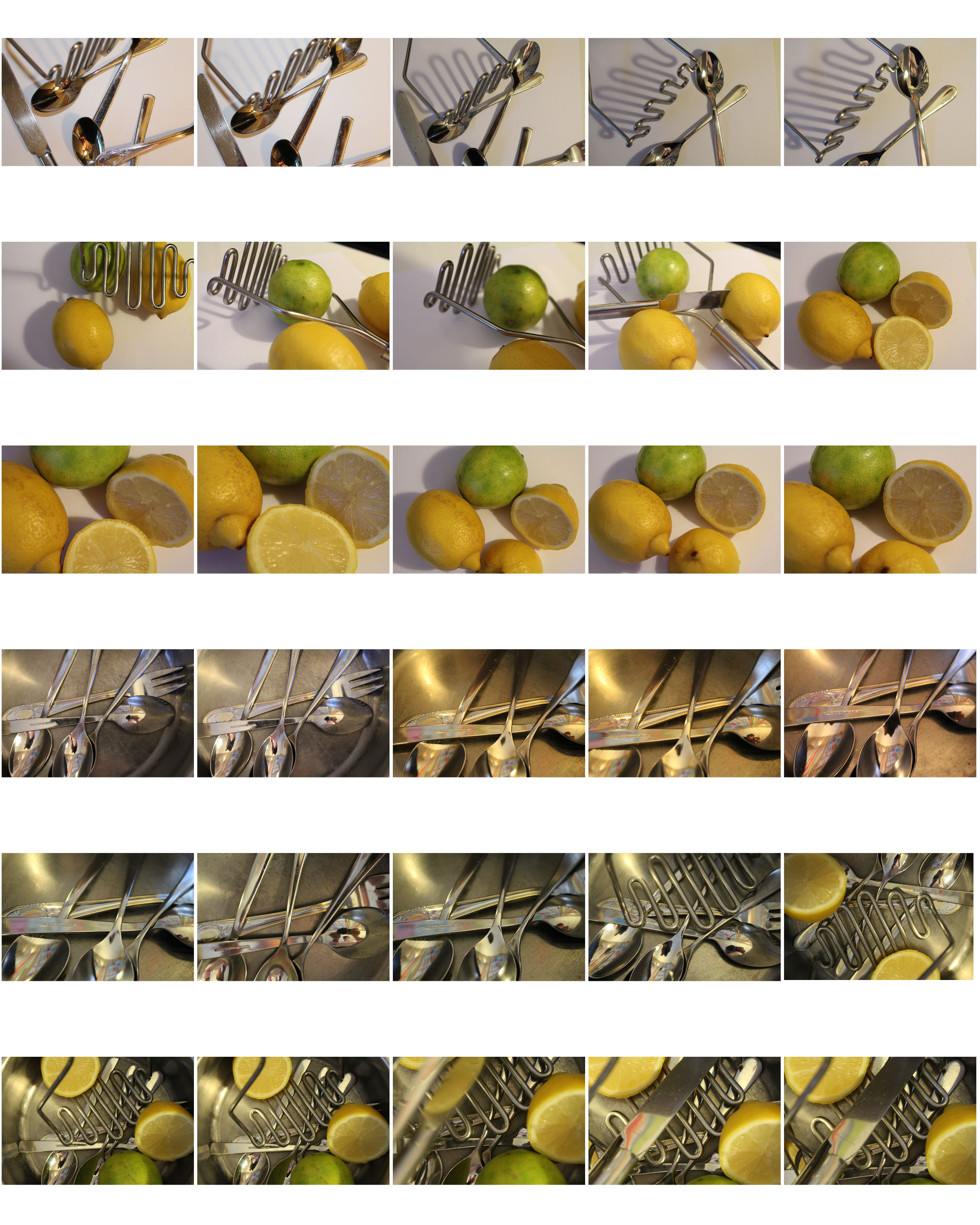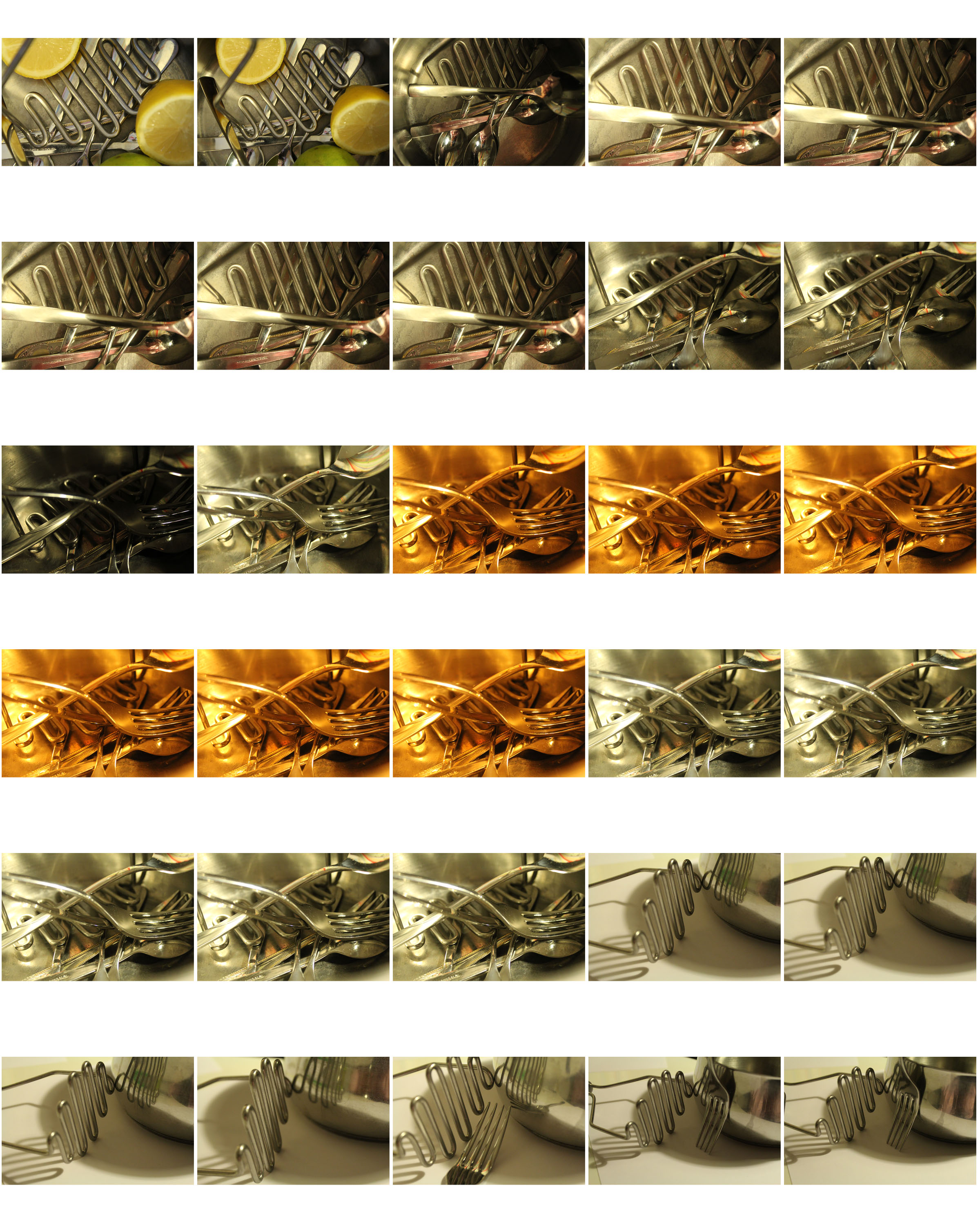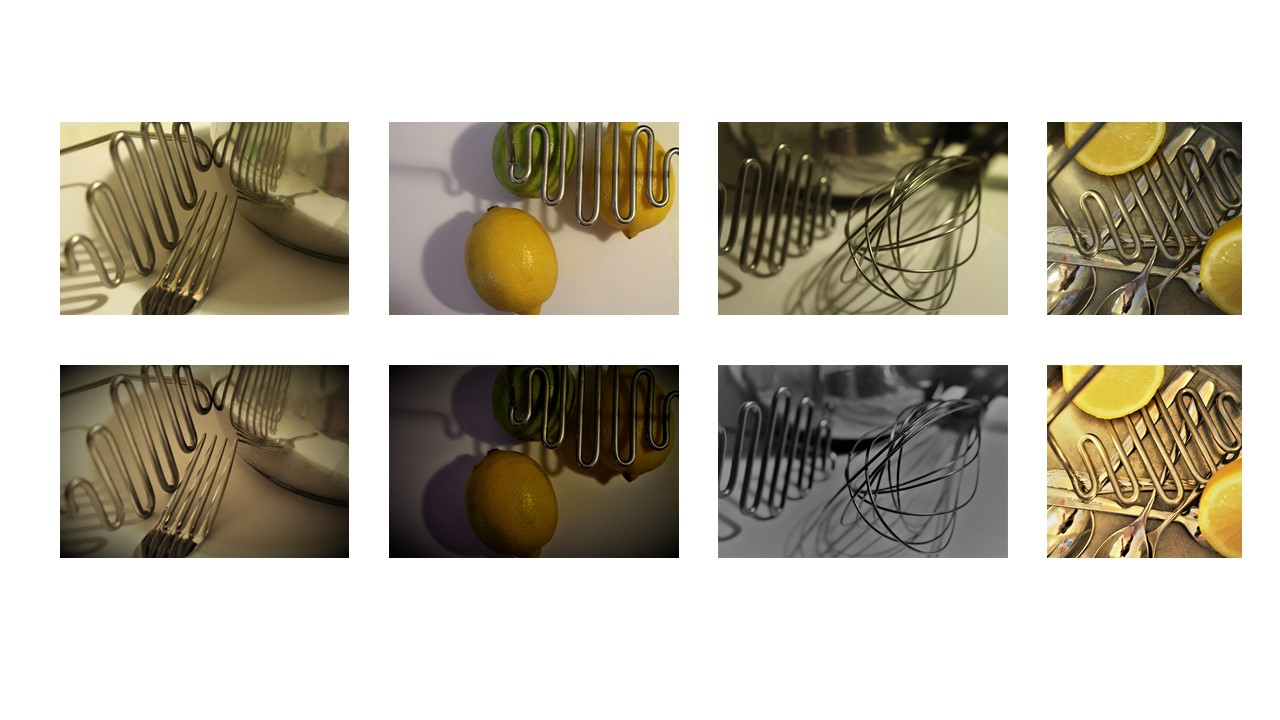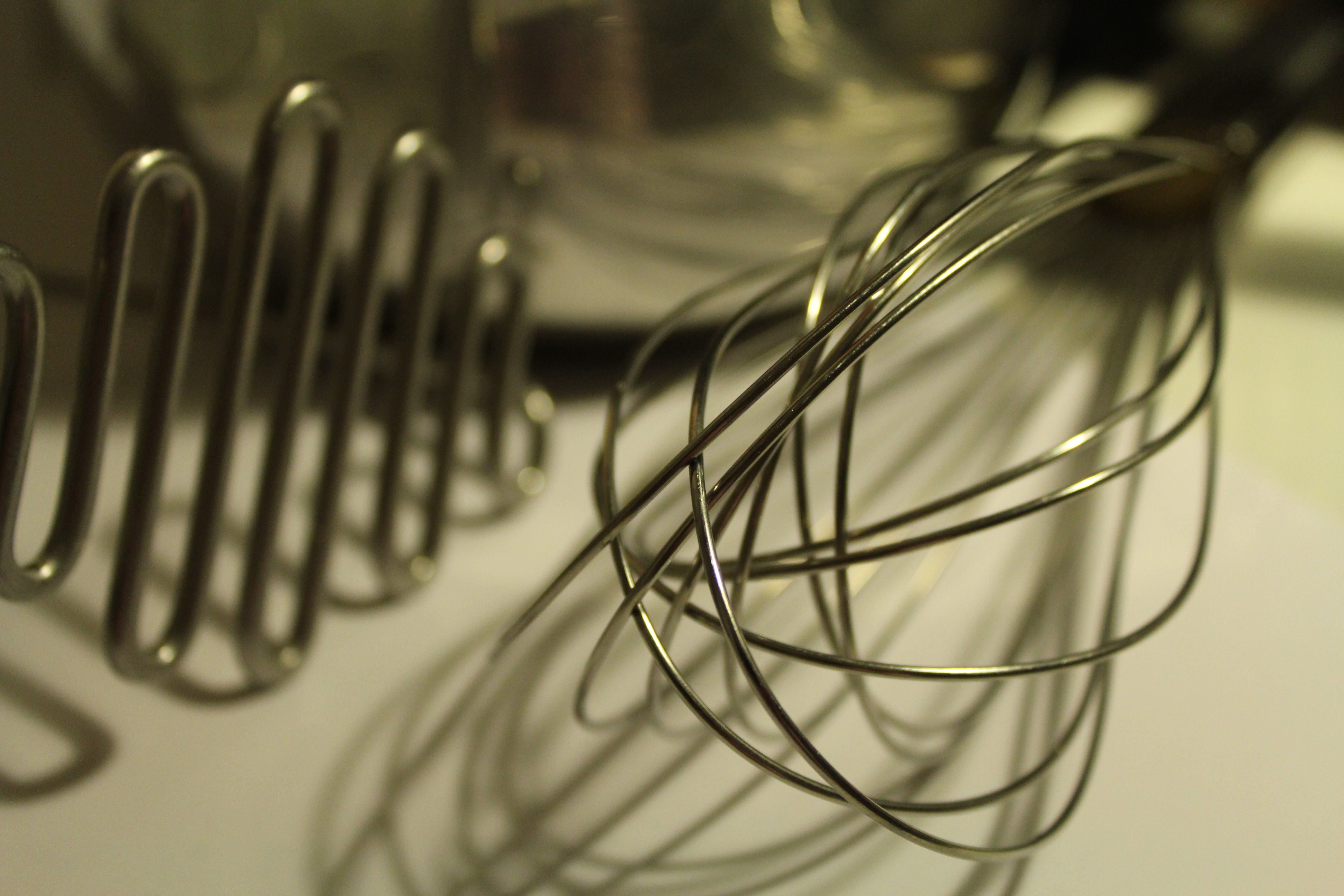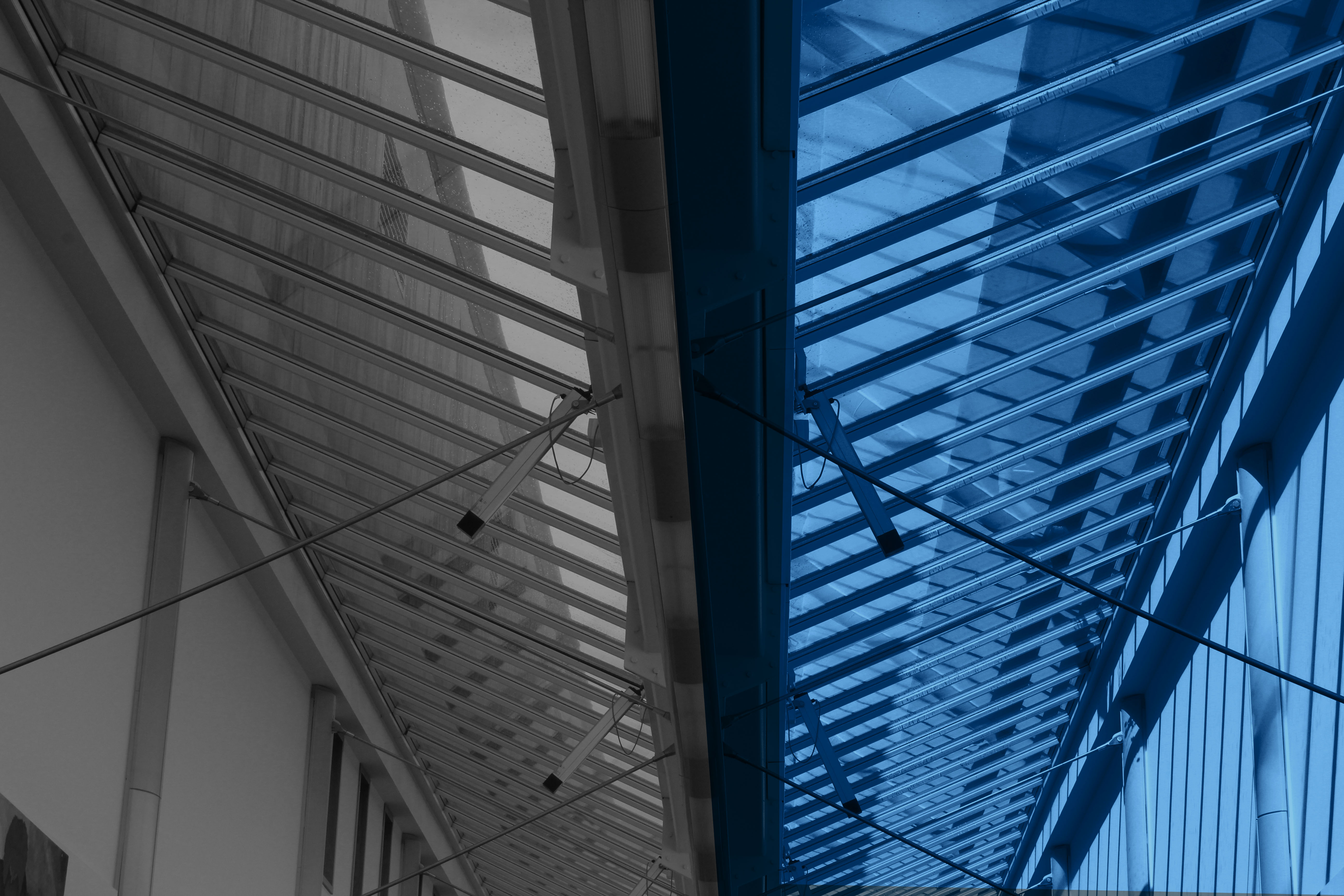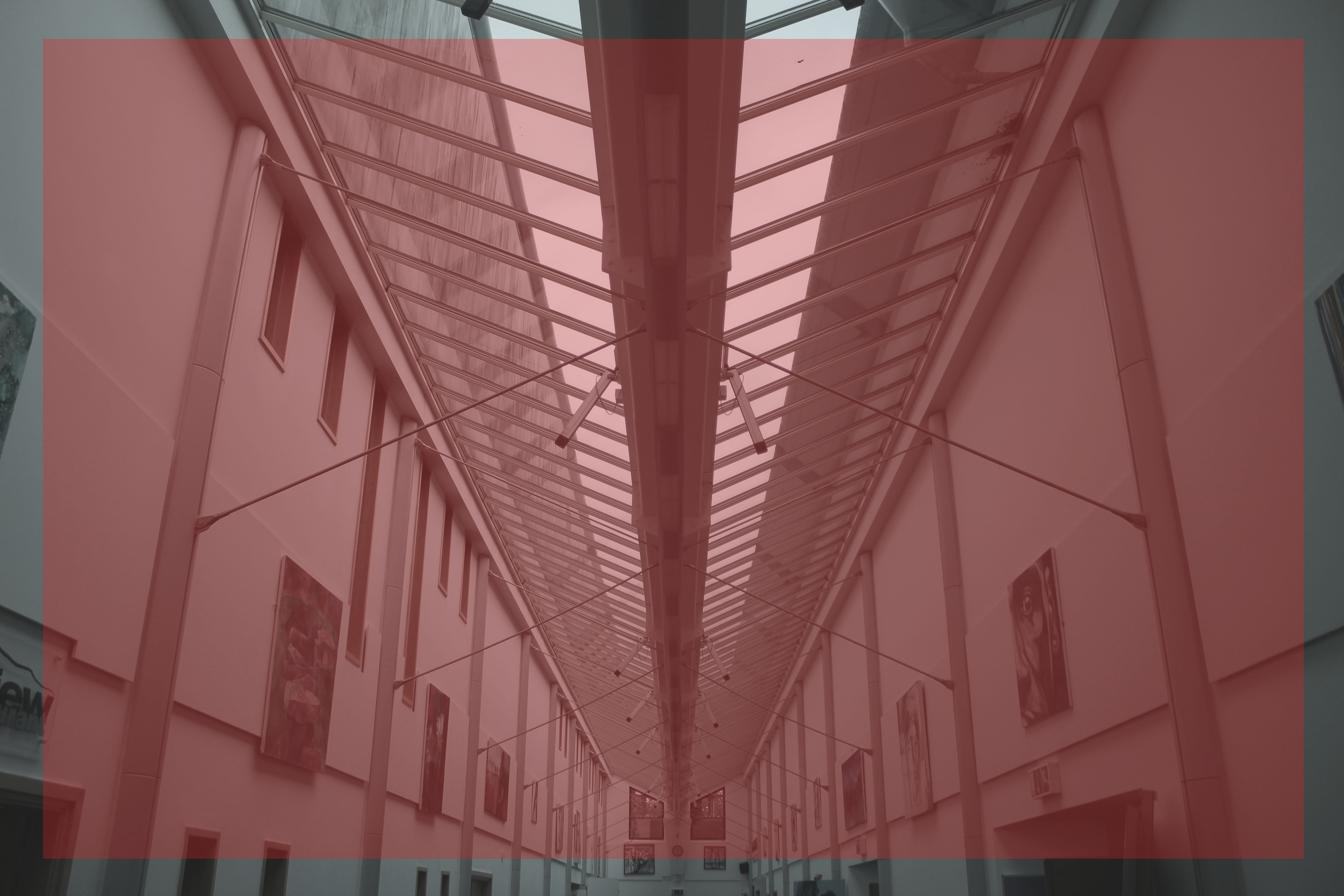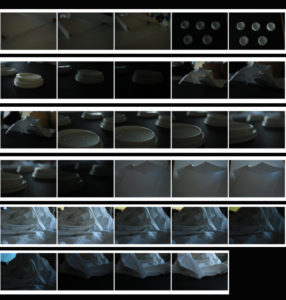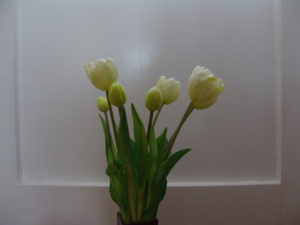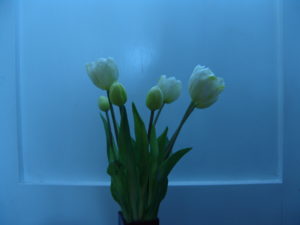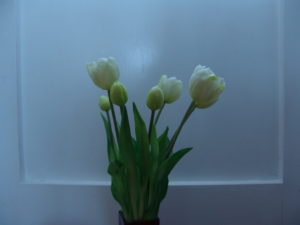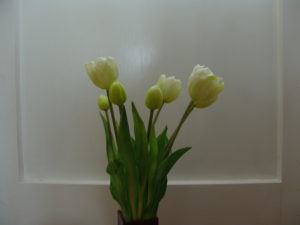Jan Groover
Jan Groover was born on April 24, 1943 and was an American photographer who spent the last part of her life in France, with her husband, a painter and critic named Bruce Groover. Groover was a still life photographer. Her work has been exhibited and included in the collections of most major museums worldwide, and continues to influence a new generation of artists. Groover moved to France in 1991.


Photo analysis

This black and white Image is of silver cutlery in a pan. This image has a strong contrast as of the white background and the dark shadows behind the pan and the black inside the pan. This image also includes the rule of thirds as the right side of the picture where the cutlery is is the main focal point of the image as that is that area where the view looks at first and is the most interesting part of the picture. I really like this idea and also Groover’s style of photography as in this sense it is such a simple idea but once edited looks really effective and aesthetically pleasing.
Contact sheet
Best Photos from the shoot/ Best Edits
How I edited my images
This was my original image.

